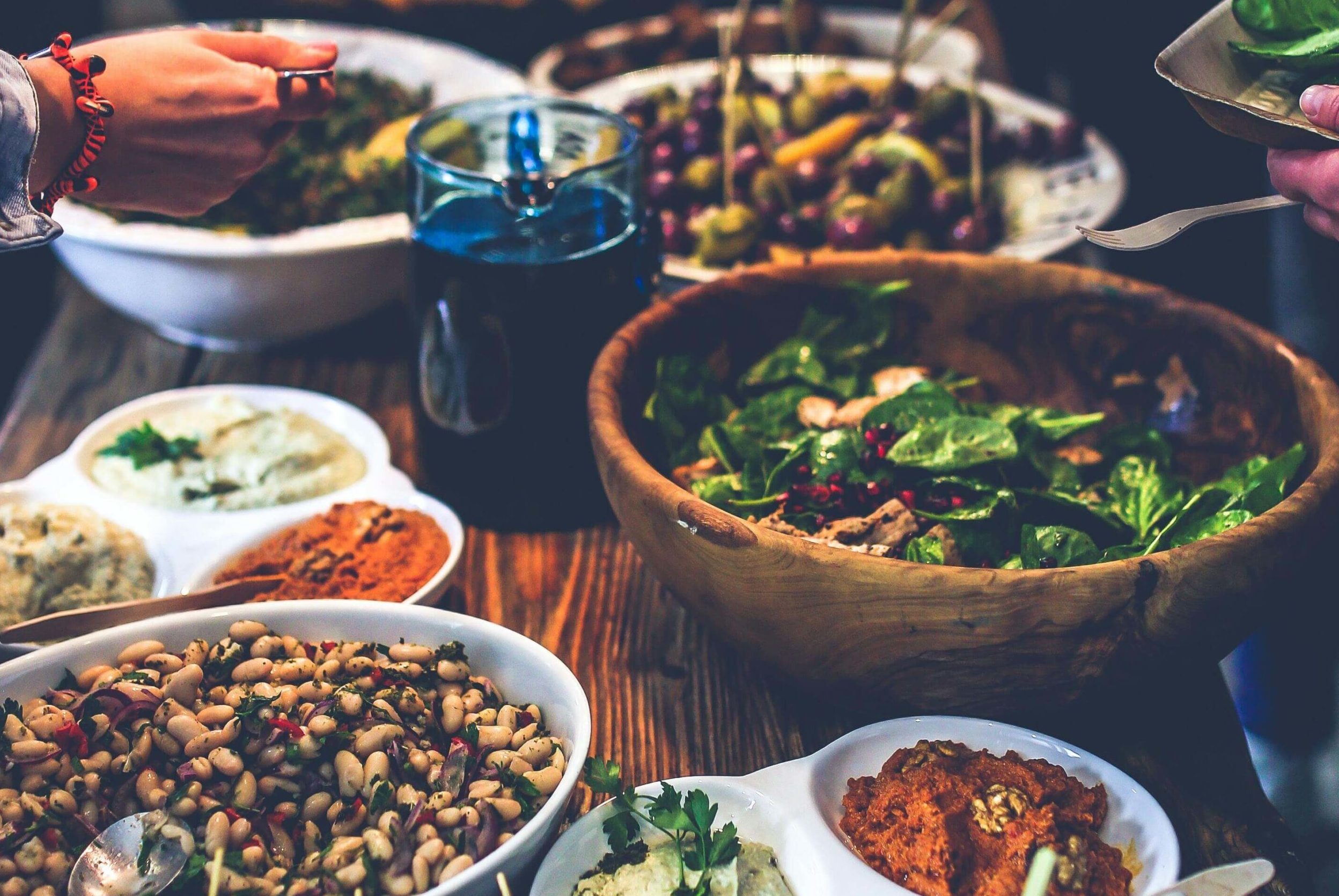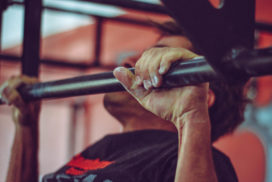Volume eating is a method of selecting and consuming foods that are high in volume without a high calorie requirement. By using volume eating, you can eat large amounts of food without increasing your calorie intake significantly.
Since these foods are high volume and low on calories, you will be filled up more than if you had eaten other, low volume foods that contained the same amount of calories in them.
Most high volume low calorie foods are high in protein and low in carbohydrates and fats since protein is the most satiating macronutrient. There are other foods high in carbohydrates and low in fats and proteins such as fruits and vegetables that are also high volume and filling.
One gram of protein is 4 calories, one gram of carbohydrates is also 4 calories, and one gram of fat is 9 calories. Fatty foods tend to be calorie-dense and filling which is partly why they are eaten in lower volumes and are not largely included in many cutting diets. When volume eating, foods like meat, fruits, and vegetables are going to be the majority of what is consumed.
How Does Volume Eating Help with Fat Loss?
Volume eating helps with fat loss because it will greatly increase satiety, making you feel full and thus reducing your desire to continue eating after a high volume meal.
One of the most difficult aspects of a cutting diet is being able to stick to it long term. For the diet to pay off, it needs to be done long enough for the body to have burned fat. If you find that you are hungry often while on a cut you are much less likely to stick with the cut and will probably either increase your calories and continue to cut or just go back to maintenance calories. This is detrimental to your success when trying to improve your physique and needs to be solved for a cutting phase to yield optimal results.
Even if you are able to override the feeling of hunger and stick to your calories, if you are constantly restricting yourself from feeling full, pressure will build up and when you slip and go over your calories you are much more likely to binge than if you were allowing yourself to eat to a point of satiety with high volume foods.
Volume eating can even help with binging since if you end up binging on food and going way over over calories, high volume food will fill you up and stop the binge short since you will be full and will not want to continue.
Volume eating also helps with fat loss because eating higher volumes of food will increase the overall vitamin and mineral intake since more food is being eaten. This will have a positive affect on health and allow bodily function such as metabolism to perform optimally.
What Foods Are High Volume?
For protein, some high volume foods are eggs, chicken breast, fish, beef, ham, pork, nonfat greek yogurt, nonfat cottage cheese, turkey, shrimp, and nonfat or low-fat protein bars.
Basically, any food that is high in protein and low in carbohydrates, like meats, is going to be very filling and supply protein without containing high amounts of calories.
For carbohydrates, fruits and vegetables are both going to be filling and high volume but won’t cause you to consume a lot of calories. Eating things like salads are very satiating and also nutritious, making them ideal for cutting.
Among fruit, strawberries are one of the highest volume foods. For every 100 grams of strawberries, there are only 30-35 calories. Other high volume fruits are watermelon, blueberries, blackberries, melon, oranges, peaches, grapefruit, and raspberries.
Some of the high volume vegetables are asparagus, brussel sprouts, cauliflower, zucchini, broccoli, spinach, turnips, cabbage, carrots, cucumber, bell peppers, and mushrooms. There are more high volume vegetables in addition to these but these vegetables are the main, high volume alternatives to other higher calorie meals.
For fat, some high volume foods are avocados, edamame, and olives. Since fat contains twice the amount of calories as carbohydrates and protein, there are not many high volume foods that are high in fat and low in calories besides avocados, edamame, and olives. To increase your fat intake with other foods, just consume more of high protein fatty foods such as fish or full fat greek yogurt.
Fat intake does not need to be high when cutting and for most people, only .4-.6 grams of fat per pound of bodyweight is needed.
Summary
In short, volume eating allows you to consume more food without consuming more calories. It allows you to do this since there are many foods that are very satiating but not very high in calories overall, like fish, eggs, and strawberries. These foods can be eaten to the point of feeling full but won’t actually leave much of a dent on your daily caloric intake.
Some high volume foods that are high in protein are eggs, meat, and nonfat dairy products. Some of the high volume foods that are high in carbohydrates are fruit and vegetables. For fat, avocados and olives are both filling while supplying fatty acids.
Debatably, the most difficult part of losing fat is adhering to caloric restrictions. Volume eating is the secret to overcoming this obstacle when dieting. Eating high volumes will cause you to feel full and satiated without eating a high number of calories, which will make losing fat much easier and enjoyable.
For more on dieting, such as a grocery list for cutting on a budget and the optimal macros for cutting, click here.







